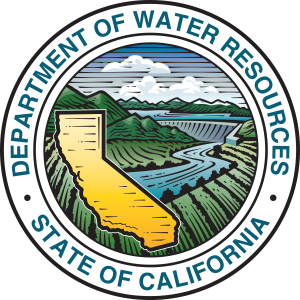Irrigated Pastureland Enhancement Program

California’s irrigated pasturelands—including valley, foothill, and mountain meadow pastures— account for nearly 500,000 acres across the state, and ranks third among agricultural water users. Water scarcity issues for these integrated systems will likely increase with predicted increases in drought frequency, severity, and extent—as well as growing water demands from high value crops, urban, and environmental uses. Therefore, enhancing adoption of sustainable management strategies and efficiency of inputs on irrigated pasturelands is critical to farming and ranching economic viability, environmental quality, and supply of socially valued goods and services. This project will be the launch pad for a new program on irrigated pastureland enhancement strategies that address these important issues.
Irrigated pastures are a critical resource for livestock producers. As a key component of the annual forage calendar they provide high quality forage, management flexibility, and short-term alternatives in drought. Enhancing adoption of sustainable management strategies and efficiency of inputs on irrigated pasturelands is critical to farming and ranching economic viability, and environmental quality.
Our overall goal is to provide research and education activities producers and professionals can use to enhance irrigated pastureland management for economic and environmental outcomes. The proposed project will use a participatory research approach, which ensures relevance and credibility of project results as well as integrates technical, experiential, and social learning pathways.
Irrigated Pastureland Enhancement Project Overview
- Cross-sectional survey of on-ranch strategies
- 35 sites, 23 producers (4,000 acres total) across California
- Gradient of management intensity
- Irrigation: wild flood – pivot
- Grazing/harvest: set stock – rotation/haying – stocking rates
- Nutrient: none (most) – annual fertilization
Nearly 50% of pastures surveyed in the study were deficient in plant available nitrate-nitrogen and phosphorus necessary for maximizing biomass production goals. Improving soil nutrient management and applying appropriate rates of fertilizer can increase water use efficiency. However, we also observed a negative relationship between increasing water use efficiency-forage production and levels of plant species richness, native plants and total organic carbon in the soil. This is an important tradeoff to consider when converting flood irrigated pastures to more efficient systems.
For more information, please contact Leslie Roche or DJ Eastburn.


